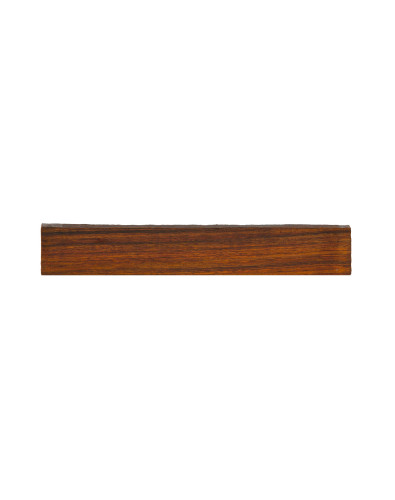Cocobolo (CITES)
Cocobolo is considered as a precious wood thanks to its great beauty and its magnificent sound.
With a different appearance, Cocobolo will provide to your instrument an elegant and luxury touch with a wide range of tonalities which goes from yellow to purple and brown.
Acoustically, Cocobolo has a clear sound and a fast response, with some shared characteristics with Koa wood. The rigidity and density of this wood provokes a good transmission of the vibrations though the bridge, which definitely is an essential piece in the sound of the instrument.
Discover the recognised properties of Cocobolo bridges for classic guitar which you can find in Maderas Barber with always the best quality.
BOTANIC NAME: Dalbergia retusa.
COMMON NAMES: Cocobolo, Granadilla, Cocobola.
ORIGIN: Nicaragua.
DESCRIPTION: Density 990-1250 Kg/m3. Cocobolo can have different colours, ranging from yellow, orange, red, and shades of brown with streaks of black or purple. Sapwood is typically a very pale yellow. Colours are lighter when freshly sanded/cut, and darken with age. Grain is straight to interlocked, with a fine even texture. Good natural luster.
Notoriously allergenic.
RECOMMENDATIONS: Due to the high oil content found in this wood, it can occasionally cause problems with gluing. Also, the wood’s colour can bleed into surrounding wood when applying a finish, so care must be taken on the initial seal coats not to smear the wood’s colour/oils into surrounding areas. Tear out can occur during planning if interlocked grain is present; the wood also has a moderate blunting effect on cutting edges/tools due to its high density. Cocobolo has excellent turning properties.
DRYING: Slow drying wood. Risk of deformation or cracks.
USES: Guitar backs and sides, fingerboards, bridges, headplates. Wind instruments.


